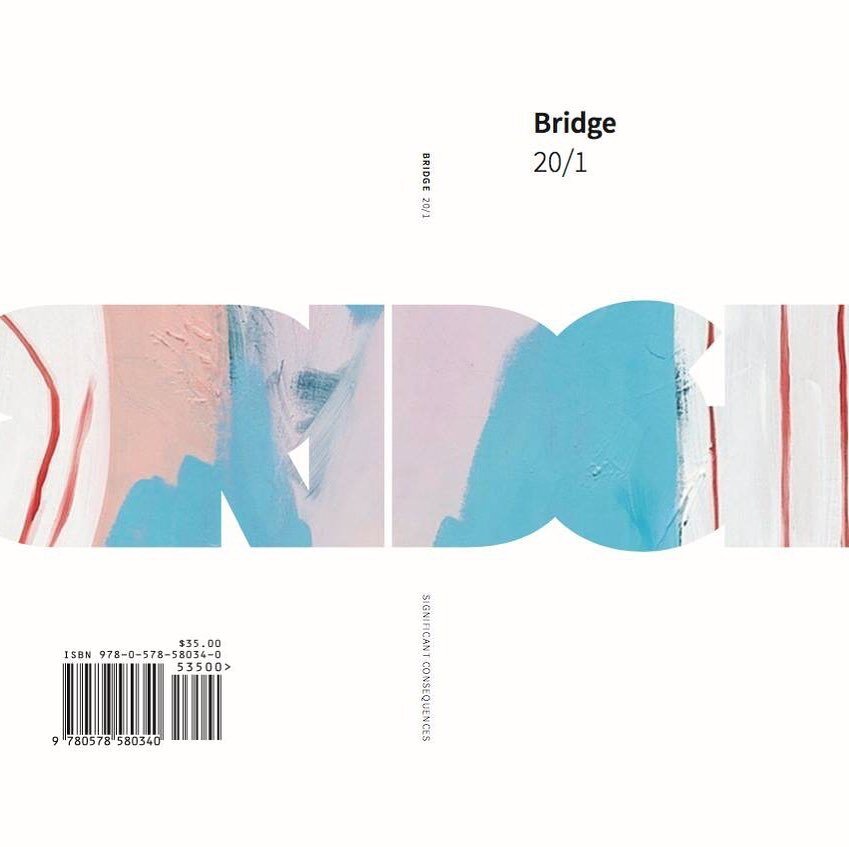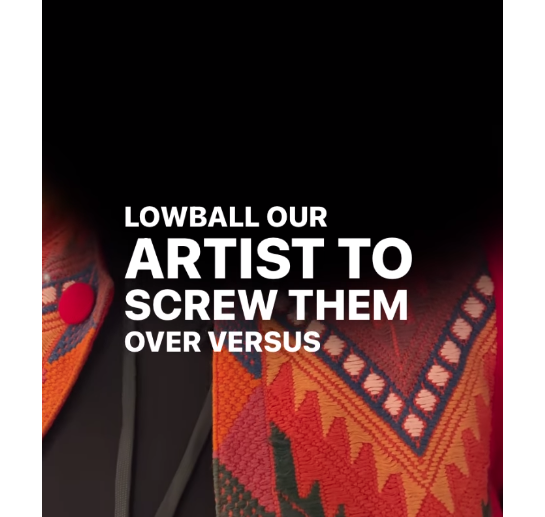OP-ED: No Democracy in the Art World
OP-ED: No Democracy In the Art World
By Michael Workman
As someone who spent a little more than a decade (from around 2003-2015) staging art expositions, I watched with amusement as the latest edition of EXPO Chicago went up and came down, to muted praise, just over a week ago.
When I first encountered the phenomenon of the international art fair in my late twenties (I organized my first exposition at the tender age of 33, just as I was becoming a new father), Chicago was the center of the global art fair market, back then mostly a nationalist phenomenon, and had been for decades. Every country had its own art exposition, but members of the Paris, London, New York and other major art world communities came to Chicago every year on mother’s day weekend for what was then a high-energy, high dollar trade event that had the feeling of something necessary to helping art flourish.
Back then, it meant something to come to Chicago for an annual convening of the gallery system, and you could see works by art historically relevant artists in person, astoundingly, available for purchase. And something I would continuously hear from people I interacted with was this old saw – “there’s no Democracy in the art world.” It was meant, I thought at the time, to indicate how the market was organized as a hierarchy, with blue chip work at the top, a middle market, and speculative purchasing of emerging artists' works at the bottom. This is true, of course, but it’s also true that it is also an exclusionary, deeply classist system that operates structurally on something more akin to autocratic rules than any sense of fairness and equity.
It’s really not useful for me to rehash the history of these events, when University of Chicago scholar Christine Mehring did such a thorough and excellent job over at Artforum back in 2008, at the height of the art market’s near-total dominance over what then arguably could constitute artistic value. As she writes, the contemporary art fair first appeared in 1967, in Cologne at the first annual KUNSTMARKT:
“As the now-retired Cologne-based dealer Rudolf Zwirner, father of gallerist David and cofounder of the fair with the late Hein Stünke, recalls, ‘After the doors closed on that last day, all the participating dealers gathered for a beer. Stünke and I were running a little late, finishing up some last business in the booths, and everyone was waiting. As we emerged, coming down the stairs, all our colleagues stood up and applauded. Of course, this type of overt, emotional, and communal expression was completely uncharacteristic of the art dealers’ milieu. For the first time in my life, I was really proud.’ The contemporary art fair was born.”
There has long existed a tension between art and commerce, of course, going back to the Successions wherein more commercial-minded conservative members of the Academy took their marching orders from the Kaiser as to what constituted acceptable art and what, for example, in the likes of Edvard Munch, was considered obscene. It took an international rejection of strictures over art and the formation of the now-historical avant-garde to break these institution’s hold on whether artists obeyed their dictates or were forcibly excluded from the exhibitions of new talent that were seen as essential to launching a young artist’s career.
Visitors to the KUNSTMARKT immediately saw the value in the exposition approach, which led to the founding of Art Basel in 1970, “FIAC in Paris in 1974, Art Chicago in 1979, the Armory Show in New York in 1998, and Frieze in London in 2003.” It wasn’t long after the founding of Art Basel that the now-infamous Scull sale took place in 1973 at Sotheby’s. A wealthy New York taxi magnate, Robert Scull bought work directly from many of the world’s most famous artists of the era and almost single-handedly devised the practice of buy-low, sell-high “flipping” by art dealers that shamelessly continues to this day. (As an aside, it remains a sickening thing to hear stories of artists in Chicago whose entire life’s works are purchased for $40k by the usual high-finance-turned-dealer types, then sold for hundreds of thousands with no further obligation to the artist).
Of course, as a naïve twenty-something I knew very little of this when I helmed (for a time) one of the top five international art fairs in the world. As I’ve written about extensively, including for Chicago art-critical cornerstone Newcity magazine, my intent was always to explore ways of handing back artists control over their own means of distribution, and their own means of support. My innovation in the early-aughts was to recognize the shift of the art fair world’s center from Chicago to Miami, where Art Basel had set up a second shop, in subsequent years which many (especially in the foreign press) very convincingly speculated was planned from the get-go as an offshoring front for bank sponsor UBS Group AG. It’s an amazing story of American billionaires literally handing over Halliburton attaché cases full of cash and stuffing diamonds into toothpaste tubes, as told in UBS banker and whistleblower Bradley Birkenfeld’s testimony before Congress, a case which led directly to the end of the legendary Swiss bank secrecy laws during the Obama years (I keep pitching the book, but haven’t found a publisher bold enough to take me up on it yet).
Despite the corruption, the tidal waves of cash lured unknowing art dealers from the farthest corners of the planet to the “American French Riviera,” and away from Chicago to what appeared to be an art market boom. I staged my first exposition there in 2006, where we were welcomed as a kind of guerrilla event in the spirit of Heiner Friedrich’s “Demonstrative 67” or the artist-organized “5-Day Race,” both protest events in reaction to the overtly mercantile KUNSTMARKT.
As I often heard my New Yorker critic friend and colleague Peter Schjeldahl saying in discussions with gallerists, “I’m not naïve anymore.” Thus it was with a little spark of joy after last year’s Art Basel Miami that I encountered Hyperallergic founder Hrag Vartanian’s Instagram post which I’ve pasted at the top of this article, and which for a moment made me think maybe I wasn’t alone in my views. I felt similar frissons of hope when I came across the video posted by Chicago’s essential online publication Sixty Inches From Center (that I’ve linked from the second photo), showcasing EXPO art worker “hot takes,”
In it, one interviewee remarks, “Hot take on the art fairs is I feel like a lot of people really want to own something surface that they could tell their friends about and own just to own, and kind of lowball our artists to screw them over versus really wanting to collect their art to help them be the artist they can be.” The woman’s face is blurred out, supposedly not wanting to make enemies of the fair, or its economic affiliates. The reluctance to bite the hand that feeds you has long contributed to the divisions mentioned above, and are the foundation, for instance, of ethically floundering museums such as Chicago’s MCA, who rightly suffered outrage recently when the museum’s leadership couldn’t see how it might be perceived as callous to let go some 40-odd art workers during the pandemic, and their salaries consolidated to support a few core other positions. Plus ca change, as they say.
But it’s also a sad shame art can be relegated to such an exploitative, extractionist role, and that young artists blinded by the limelight, whose work may very well even center on social practice or equity goals, are blithely ushered into the fold. Participation, after all, confers a kind of tacit approval. In an era where we’ve made such progress in the advances in our discussions of economic inequality, equity, and inclusion, it’s a wearying commentary that there persists a lack of recognition that there are better, more progressive ways – and maybe, just maybe, some will remember the lessons of the KUNSTMARKT, the Scull sale, and all this other problematic history after all. Maybe.
Like what you’re reading? Consider donating a few dollars to our writer’s fund and help us keep publishing every Monday.



